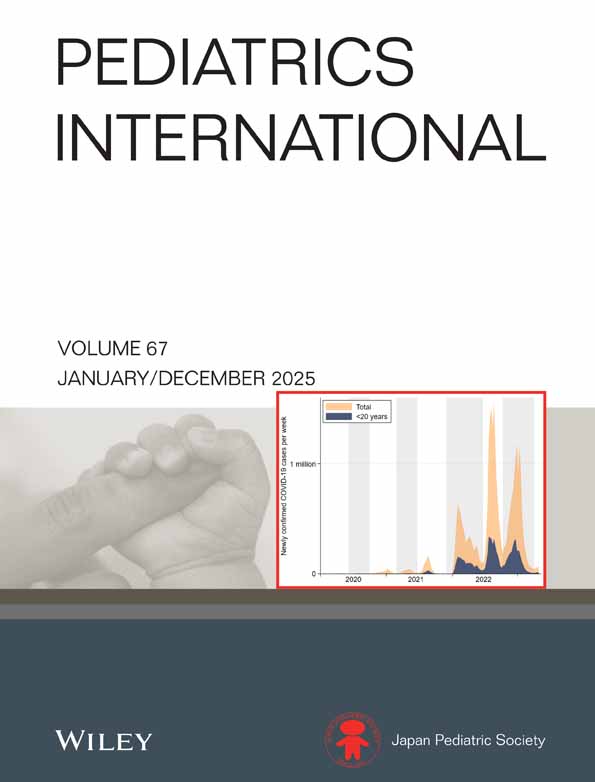Assessment of disease activity and extent by magnetic resonance imaging in ulcerative colitis
Abstract
Abstract Background: We determined whether magnetic resonance imaging (MRI) could determine the activity and site of involvement in ulcerative colitis.
Methods : Colonoscopy, double-contrast barium enema and gadodiamide-enhanced MRI were performed prospectively in six patients with ulcerative colitis, including three females aged 10–22 years, both in the active and the remission stages.
Results : Characteristic findings of MRI in the active stage of ulcerative colitis were loss of haustral markings and thickening and contrast enhancement of the colonic wall. In five of six patients, the site of disease distribution determined by MRI was in accordance with that determined by colonoscopy.
Conclusions : Gadodiamide-enhanced MRI is a safe and useful method of determining disease activity and extent in patients with ulcerative colitis.




